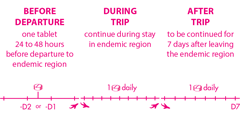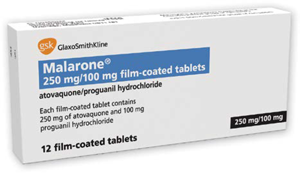Malarone®
Corporate News Archive, e-info Archive, TheSynapse Online

Protect your patients against malaria when travelling to malaria-endemic countries
 |
||||||||||||||||||||||||||||||||||||||||||||||||||||||||||||||||||||||||||||||||||||||||||||||||||||||||||||||||||
|
||||||||||||||||||||||||||||||||||||||||||||||||||||||||||||||||||||||||||||||||||||||||||||||||||||||||||||||||||
| (1) WHO. In international travel and health section. See disease distribution maps. http://www.who.int/ith/en/ Last accessed April 2014. (2) http://www.who.int/mediacentre/factsheets/fs094/en/ Last accessed: April 2014 (3) http://www.cdc.gov/malaria/travelers/vfr.html Last Accessed: April 2014 (4) Malarone Summary of Product Characteristics (SPC) October 2013 |
||||||||||||||||||||||||||||||||||||||||||||||||||||||||||||||||||||||||||||||||||||||||||||||||||||||||||||||||||
|
||||||||||||||||||||||||||||||||||||||||||||||||||||||||||||||||||||||||||||||||||||||||||||||||||||||||||||||||||
Related Posts
Sponsor Message
Tags
adoloscence
cancer
cannabis
Cardiology
Contribution
dementia
Dentistry
Dermatology
Dermfest
Editorial
endocrinology
environmental health
exercise
Family Medicine
Francesco Carelli
gastroenterology
genetics
Geriatrics
gynaecology
hypertension
infections
Infectious Diseases
Medical Education
Medical Ethics
Medicine and the arts
microbionta
Neurology
Nutrition
obesity
obstetrics
Oncology
Orthopaedics
Paediatrics
Pharmacology
Pharmacy Practice
Psychiatry
Public Health
Radiology
Respiratory Medicine
Rheumatology
smoking
Surgery
TheSynapse Interview
Urology
Women's health





